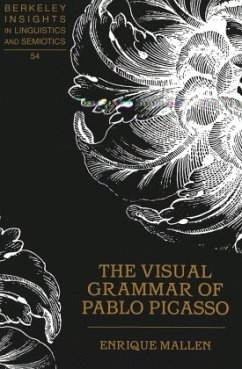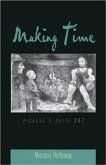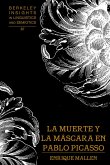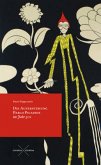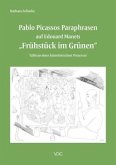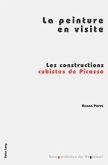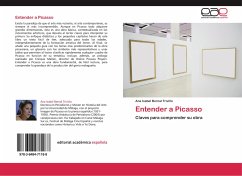Pablo Picasso's continued search for the essential features of perceived objects and his natural abidance to the general principles regulating artistic creation determined his intuitive analysis of the various stages of vision. His exploration of pictorial language is reflected in the well-established periods in the development of Cubism. Progressively, objects were analyzed first by their image (or retinal) and surface (or external) features as viewed from particular observer-oriented viewpoints during the Pre-Cubist and Cézannian Cubist stages; then by viewer-independent, structural features during Analytic Cubism; and finally by categorial features during Synthetic Cubism. This final re-evaluation allowed the artist to treat pictorial language as truly arbitrary, leading to metaphorical correlations between objects that went beyond what was actually depicted on the surface of the canvas.
Bitte wählen Sie Ihr Anliegen aus.
Rechnungen
Retourenschein anfordern
Bestellstatus
Storno

